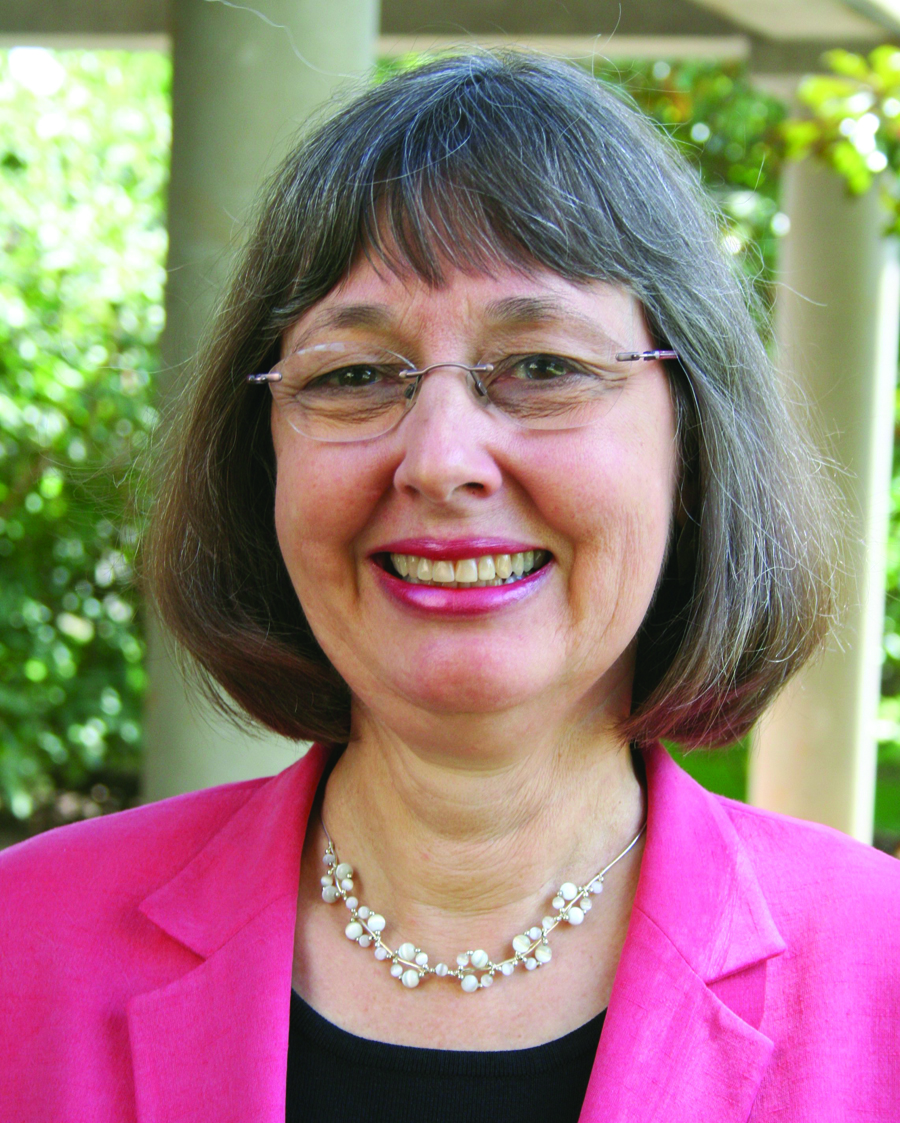 |
| Christa R. Klein, Ph.D., is president of In Trust Inc. She lives in Wilmington, Delaware. |
The journey of board service starts with recruiting the right people and continues even after the official term of office ends. Guest editor Rebekah Burch Basinger has assembled an invaluable collection of new and previously published resources to mark the path from novice board member to well-loved veteran.
This article originally appeared as the “Wing on Wing” column in the Summer 2004 issue of In Trust, page 1.
The map of governance until very recently has primarily been a map of church relations. The tradition of church-appointed and ex officio board members is written into charters, bylaws, canons, and constitutions of many theological schools. Most governing boards originated at the intersection between the churches and their theological schools. Yet too often this connection fails as a point of exchange.
In the early 20th century, when the movement to build incorporated denominations from the loose confederations of church-related agencies began spreading across the religious spectrum, it appeared that seminaries would have a secure place within denominational budgets. But the costs of denominational bureaucracy and professionalism have outstripped the loyalty of the church-going public.
Thus, the work of seminary governance has come to include the faithful stewardship of a school's economic vitality as well as its mission within a religious tradition. As boards are being reinvented to handle this shift, their connection to the churches requires renewed attention.
At In Trust, we advocate the intentional selection and equipping of board members for their corporate role in governance and for their diplomacy on behalf of the school among the constituents they know best.
Putting the spotlight on selection also focuses on connections. The most qualified board members are those who are aware of the connections and potential connections they bring to the school. Mature and well-informed governors can negotiate the inevitable tangle of interests that come with networks for the sake of the theological school they serve.
Research on boards highlights the need for intentional selection and education. On average, half of all board members are appointed by the schools' sponsoring bodies, according to In Whose Hands, Auburn Seminary's 2002 study of theological school trustees. The percentage varies widely by religious tradition. And, of course, those boards that elect their own members also seek to represent church constituencies. 
These trustees and presidents know how to make things better. They understand that the demands of board work today require the best and most well-connected people. Like good educators, they know that the initial screening sets the stage for further formation and education. Good boards start with good people. But then board members must be inspired to make the most of their connections.
Trustees are positioned to make connections with the churches. Each comes with a history, forged over a lifetime of experience in family and friendship, worship, work, and voluntary avocations. They bring vibrant networks dependent on truth telling and trust, mutuality and a common sense of purpose. Trustees must be fully committed to the mission of their theological schools to activate these priceless connections with the people of God to bring about a greater exchange of resources on behalf of the school. When faith sees its work in governance, then the calling of trusteeship is fulfilled.
This article originally appeared as the “Wing on Wing” column in the Summer 2004 issue of In Trust, page 1.